Graham Reid | | 4 min read
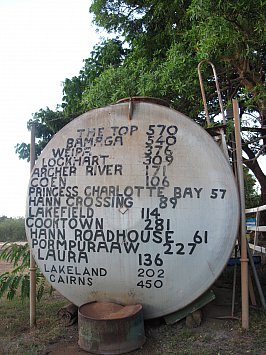
As our lumbering but comfortable Oka – a massive, industrial-strength 4WD which has taken us along unsealed “roads” in Far North Queensland, the pointy bit up to Cape York – hits a piece of smooth highway, the brightly illuminated high-rises of Cairns come into view.
I lean over to Dean, our guide and driver, and say, “Ah, the lights of civilisation . . . in inverted commas.”
He gets the joke.
After breakfast that morning at picturesque and historic Cooktown, some 350kms to the north but already a world away, we had been standing in the small but fascinating graveyard looking at a tombstone.
It was for “The Normanby Woman”, a European who had been brought up by the local Aboriginal people.
No one knew how she had come to be with them but she was captured by settlers “and brought to a 'civilisation' in which she could not survive”, read the inscription.
She had died in 1886, not long after being removed from her Aboriginal family.
I'd said to Dean the inverted commas around “civilisation” had been relevant, especially after what our small group – a couple from Adelaide, a father and son from Sydney, and myself – had learned from him about the sophistication of Aboriginal culture.
At any given moment Dean would pick a leaf and explain its use as a traditional medicine, soap or poultice, pluck a green ant from a nest and invite us to taste it (citric, not unpleasant actually), point us to elegantly mysterious Quinkan rock art at least 10,000 years old in origin, tell of Aboriginals negotiating their way through this demanding landscape for thousands of years before the best technology of Europeans was found to be useless . . .
Dean Nulty of Challenge Wilderness Safari was a rare guide. Then again, he was in rare country which – despite its seeming emptiness and lack of “civilisation” – was full of stories.
Queensland's Far North – population around 17,000 on the Cape York Peninsula, an area more than half the size of Great Britain and with properties bigger than Belgium – is a fascinating and sometimes strange place.
Our seven day-five night safari – comfortable accommodation everywhere – started with a flight from Cairns to Horn Island (a runway, some people and shops) and then a ferry to Thursday Island.
Thursday Island (TI as it is widely known) makes for an interesting guided day trip by bus to see the few sights (the old fort, the cemetery where Japanese pearl divers and others are honoured, the friendly Torres Hotel billed as “Australia's Top Pub”) but the real excitement begins back on the mainland at tiny Seisia, from which it is a bumpy drive to the top of the tip, or Pajinka as the Aboriginal people call it.
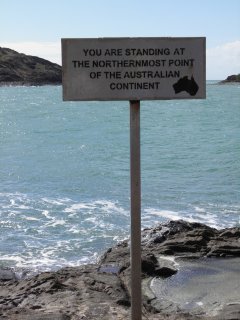 “I thought it would be more pointy,”
I say to Dean as we stand on the flat rocks which ease gently into
the ocean at the Cape, “It is on the map.”
“I thought it would be more pointy,”
I say to Dean as we stand on the flat rocks which ease gently into
the ocean at the Cape, “It is on the map.”
“Yeah,” he laughs. “We get people who are disappointed, they think there will be huge cliffs or something.”
But at Cape York/Pajinka – originally York Cape, a place which holds no special relevance to Aboriginals – you just have to dream yourself above it and imagine looking down.
Beneath you would be a land vast beyond imagining, where Aboriginal people walked and dreamed, and where courageous or foolhardy European explorers would undertake journeys with no prior knowledge of the endless, unforgiving landscape or what they were facing . . . which was often death, madness or deprivation.
We were there in a decent season – 26 degrees at 8am climbing to about 30 under clear skies – but in the wet . . .
I photograph a sign 12 metres up a tree. It reads, “We were here in a boat” and is dated 2003. You don't doubt it, up the hill at the Archer River Roadhouse they have a picture of two guys going around the property in a dinghy. Yet later that day we are on a thread of dusty red “road” leading to the horizon.
Things are big, wide and weird out here.
Near Seisia is a downed DC3 which ran out of fuel in May 1945 killing all six on board. This landscape is littered with the skeletons of such wartime aircraft . . . and of explorers who lost their way, if they ever knew it.
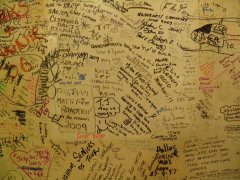
Crocs and kookaburras and stories about Captain Cook; exotic birds and Aboriginal artists at work in Wajul Wajul where the water on one side of the bridge is salt and on the other fresh; cooling creeks and waterfalls where we swam in the heat of the day, nights in roadhouses with cane toads and a beer . . .
This is a place of endless roads where the sharp eye can see dingoes and wallabies, a termite tower nine metres high, and a land so vast and ruggedly beautiful we often simply look at it in silent awe, lost in our own Dreamtime.
On my final night in Cairns, having dinner at a harbourside restaurant where white-hulled vessels worth more than my life insurance bob in the calm water, I look at my photos of this remarkable part of the planet, so close to us but so rarely visited.
The thought occurs: this “civilisation” in cities isn't all its cracked up to be.

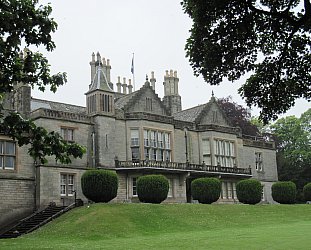
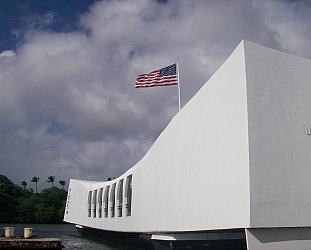
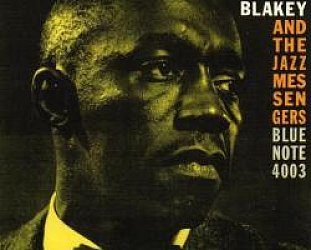
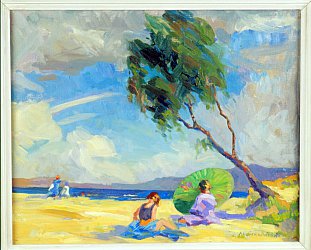
post a comment